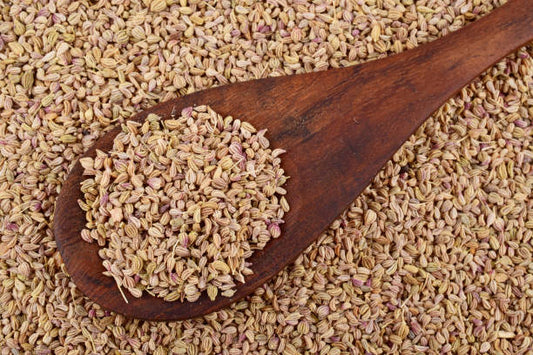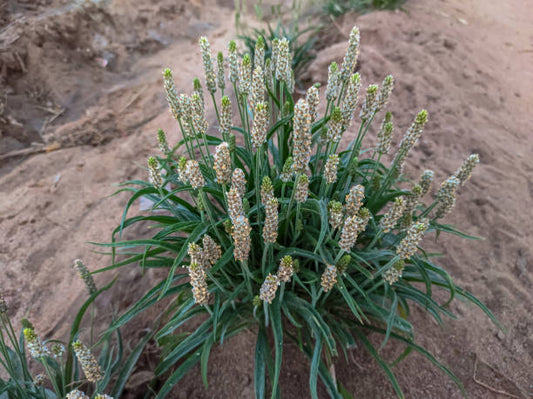Experiencing a stillbirth is an incredibly painful and tragic event for expecting parents, and the grief that follows can be overwhelming. Understanding the nature of stillbirth and finding ways to cope with grief is an essential part of the healing process.
Understanding Stillbirth:

Definition:
- Stillbirth is defined as the loss of a baby after 20 weeks of pregnancy but before birth.
- It can occur for various reasons, including complications during pregnancy, problems with the placenta or umbilical cord, infections, genetic factors, or medical conditions in the mother.

Coping with Grief:
-
Acknowledge your emotions: Grief comes in different forms – sadness, anger, guilt, and more. It's important to recognize and allow yourself to feel these emotions.

2. Seek Support:
- Talk to loved ones: Share your feelings with your partner, family, or friends. Having a support system can provide comfort during this difficult time.
- Support groups or counseling: Joining support groups or seeking counseling can offer a safe space to express emotions and gain insights into coping mechanisms.
3. Take Care of Yourself:
- Self-care: Engage in activities that promote relaxation and healing, such as meditation, gentle exercise, or hobbies that bring comfort.
- Seek professional help: Consult healthcare professionals for guidance on physical recovery and emotional support.
4. Memorialize and Honor Your Baby:
- Create a memorial: Hold a ceremony, plant a tree, create a scrapbook, or dedicate a special place in your home to honor and remember your baby.
- Naming the baby: Some parents find solace in naming their baby, acknowledging their existence and significance in their lives.
5. Give Yourself Time:
- Be patient with yourself: Grieving is a process that takes time. Allow yourself the time needed to heal, and don't rush through the grieving process.
6. Consider Professional Help:
- Therapy or counseling: Professional guidance can help navigate complex emotions and provide tools to cope with grief effectively.
7. Communicate with Your Partner:
- Support each other: Understand that both you and your partner may grieve differently. Communicate openly and support each other through this difficult time.
8. Know When to Seek Help:
- Watch for signs of depression or prolonged grief: If feelings of grief become overwhelming or persist for an extended period, seek help from mental health professionals.
Remember, healing from a stillbirth is a deeply personal journey. It's okay to seek help and take your time to process your emotions. Reach out for support from loved ones and professionals when needed, and honor your baby in ways that feel meaningful to you.












